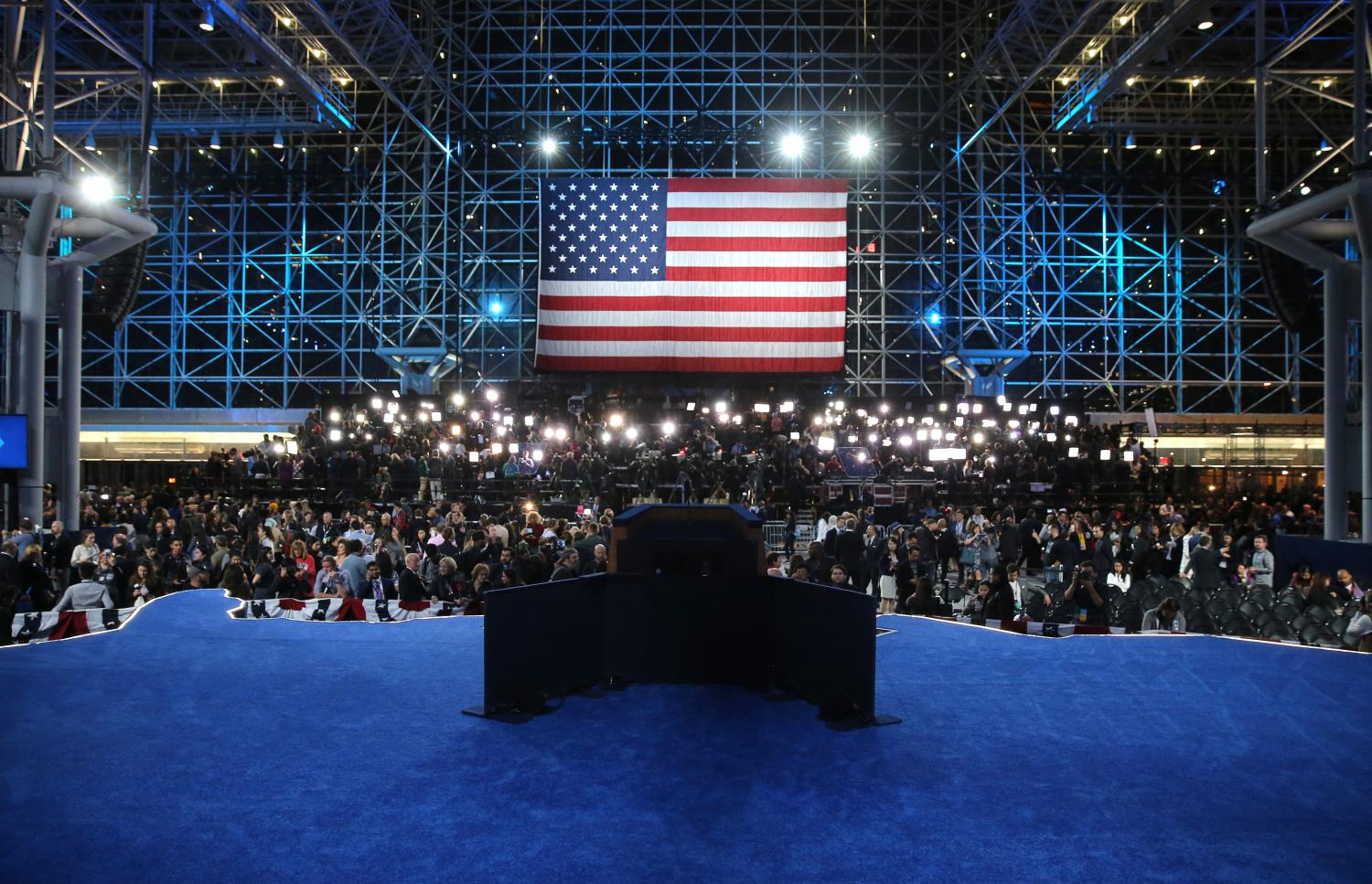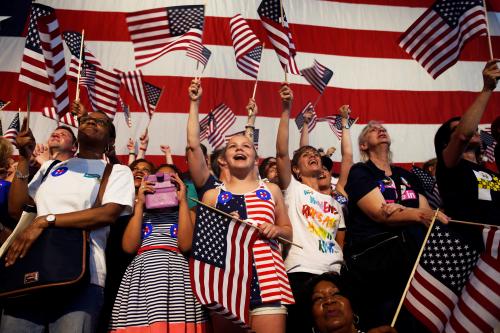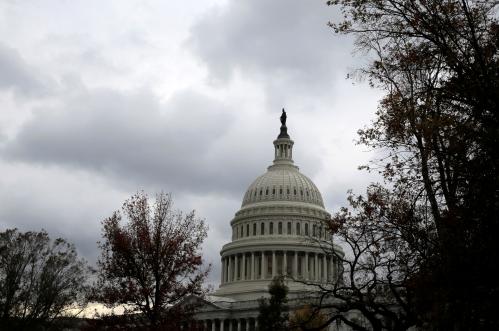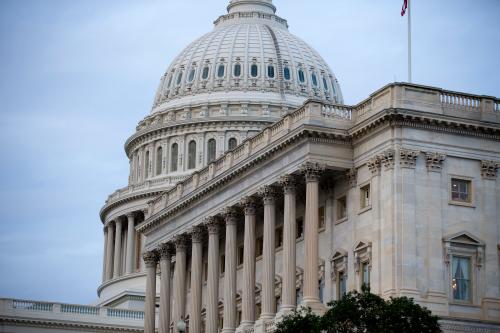For most of American history, the candidates who ran for president were chosen in a process that was almost entirely closed to the public. Ordinary citizens did not participate in the process of nominating presidential candidates, nor did they expect to participate. The selection of candidates was left to political parties.
That all began to change in 1972, when the Democratic Party’s McGovern-Fraser Commission instituted new rules in response to the party’s infamous and contentious nominating convention four years prior. During the 1968 Democratic convention, anti-war protesters complained that they had been shut out of the nomination process. As a result, the Commission issued several rules—including rules that bound delegates to the outcomes of state primaries— that had the combined effect of increasing the power of the public and decreasing the power of political elites in the nominating process. In time, the Democratic reforms had the unintended consequence of reforming the Republican Party’s nomination system as well.
As Elaine Kamarck explains in this paper, it took only 40 years for the American nomination system to flip entirely. By 2008, the views of primary voters were considered the only legitimate views; while the views of party leaders were considered illegitimate at best and downright corrupt at worst. During those 40 years, the reformed nominating system continuously produced experienced nominees who made plausible presidents. Consequently, concern about the nomination system being open to “outsiders” who weren’t ready for the White House faded over time.
But 2016 delivered another shock to the nomination process. As Kamarck writes, “In 2016, the Republicans nominated the least experienced person to ever hold and win the presidency. A large field of candidates, unable to unite to oppose Trump, had to sit idly by as an unknown and untested leader won primary after primary, rolling up enough delegates to clinch the nomination.”
In its current form, the nomination system is so wide open that it allows for almost anyone with a minimum amount of support and resources to run for president. “On the one hand, that openness is very appealing because of its small ‘d’ democratic quality,” writes Kamarck. “On the other hand, it can be quite dangerous—potentially putting the Republic in the hands of someone who is, for reasons of temperament or experience or both, unfit for office.”
What can be done about this risk? The 2016 primaries, on both the Democratic and Republican sides, offered further proof that the public regards their role in the nomination process as a fundamental right. “It would be nearly impossible to turn back the clock and allow delegates to the conventions to be free to vote their own conscience without regard to the winner of their state’s primary or caucus,” acknowledges Kamarck. Instead, she offers three potential reforms that would insert peer review (i.e., a process by which political insiders—individuals who presumably know what it takes to lead in a political context—judge potential nominees) back into the system in some way, shape, or form.
Each of Kamarck’s proposed reforms involve Congress, governors, and the national parties in the nomination process. “Some element of peer review should be injected into the process as a safeguard against people who are obviously unfit for office,” concludes Kamarck. “How to do that while respecting the reality that modern voters expect to have the last word in the nomination process is a challenge—but one worth pondering.”
Note: Elaine Kamarck is a member of the Democratic National Committee’s Unity Reform Commission and has served as a superdelegate for Massachusetts in the last five presidential elections.







